Halloween should be a means to building long-term customer relationships rather than earning a quick buck, convenience retailers have said following this year’s fright-fest.
The importance of Halloween in the retailing calendar has increased dramatically over the past decade, as as the UK has taken inspiration from stateside celebrations.
John Pritchard, operations manager at Londis Gwalia in the village of Caeathro, Caernarfon, said there had been “a dramatic change in perception” of Halloween.
He told C-Store: “Ten years ago you’d not be bothered if you didn’t have pumpkins. Now you’d be mental if not.”
Pritchard sold pumpkins, costumes, masks, witches hats and face-painting crayons at prices designed not to alienate parents facing their offspring’s “pester effect”.
“You have to make sure the pricing point is acceptable to parents. It’s a fine balance,” he said.
Margin should not take priority he said but rather the subliminal, long-term effect retailers had on customers’ perception and their relationship with the store as well as the increase in footfall by offering something extra.
Mos Patel, who runs Family Shopper in Broadoak, Ashton-under-Lyne, Greater Manchester, put on a £1,400 party attended by more than 500 people, featuring bouncy castle, pizza, candy floss, cookies, sausage rolls and Jaffa Cakes.
“We also had people dressed as different Disney characters and a DJ with a smoke machine. We held games and had fancy dress competitions and a dancing competition and gave out big bags of Celebrations as prizes.”
Mos said it was about utilising calendar events and interacting with the community. “I think it makes people more loyal to us, but the party also attracted new customers.”
Martin Dunn, of Family Shopper, in St Johns Road, Yeovil, Somerset, said it was too soon to assess sales figures when C-Store called, but Halloween was the fourth most important sales period after Christmas, Easter and Mothers’ Day.
Blakemore Trade Partners sales director Neil Mercer reported wholesale sales were up 16% year on year and 3% like for like for “Halloween” goods, such as confectionery, cakes and non-food.
“The implementation of Halloween in store this year seems to have been stronger than ever,” he added.





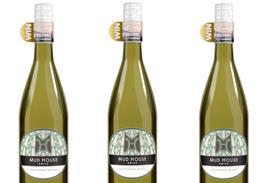
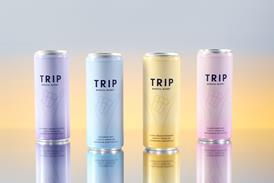








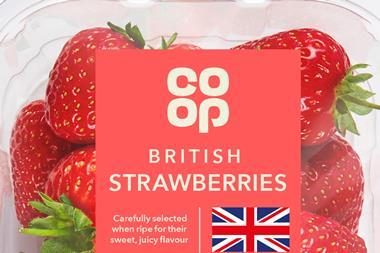
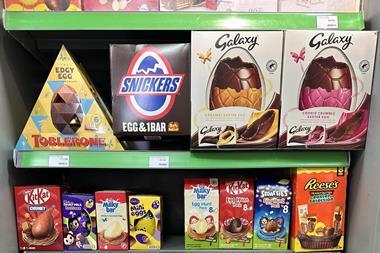


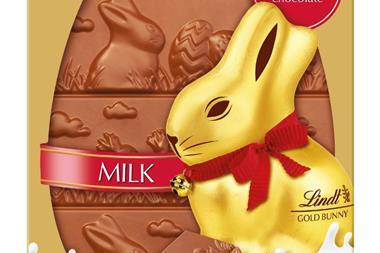
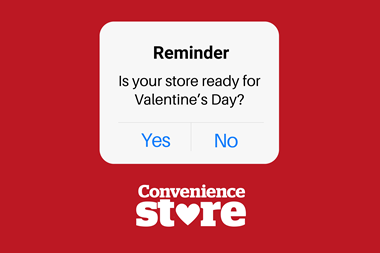
No comments yet